Alternative Energy Resources Worksheet
Are you eager to learn more about alternative energy resources? Look no further as we introduce the Alternative Energy Resources Worksheet! This informative tool is specially designed for students and individuals interested in understanding the various forms of renewable energy and their benefits for the environment.
Table of Images 👆
More Energy Worksheets
Light and Heat Energy WorksheetsTypes of Energy Transfer Worksheet
Energy Light Heat Sound Worksheets
3 Forms of Energy Worksheets
Energy Worksheets for Third Grade
What is alternative energy?
Alternative energy refers to any source of power that is not derived from traditional fossil fuels like coal, oil, or natural gas. Instead, alternative energy sources harness renewable resources such as sunlight, wind, water, or geothermal heat to generate electricity or heat. These clean and sustainable energy technologies are increasingly being used to reduce dependence on finite and environmentally damaging fossil fuels.
What are the advantages of using alternative energy resources?
Alternative energy resources have several advantages, including being renewable and sustainable, reducing greenhouse gas emissions and dependence on fossil fuels, creating job opportunities in the clean energy sector, and promoting energy independence and security. Additionally, alternative energy sources such as solar and wind power can help lower electricity costs over time and are often more environmentally friendly, contributing to a healthier planet for future generations.
What are the disadvantages of alternative energy resources?
Some disadvantages of alternative energy resources include intermittent availability, high initial infrastructure costs, land use requirements, and potential environmental impacts such as habitat disruption and visual intrusion. Additionally, certain technologies may require rare earth metals, which could lead to supply chain issues and environmental concerns related to mining and disposal. While alternative energy sources offer numerous benefits, it is important to consider and address these drawbacks in order to maximize their potential as sustainable energy solutions.
What is solar energy and how is it harnessed?
Solar energy is a renewable source of power sourced from the sun's radiation. It is harnessed through the use of solar panels, which contain photovoltaic cells that convert sunlight into electricity. When sunlight hits these cells, they generate an electrical current that can be used to power homes, businesses, and other applications. Solar energy is a clean and sustainable alternative to traditional fossil fuels, helping to reduce carbon emissions and combat climate change.
What is wind energy and how is it harnessed?
Wind energy is the process of generating electricity from the power of wind. It is harnessed using wind turbines, which consist of blades that rotate and capture the kinetic energy of the wind. As the blades turn, they spin a generator that produces electricity. Wind energy is a renewable and clean source of energy that doesn't produce greenhouse gas emissions, making it an environmentally friendly alternative to fossil fuels.
What is geothermal energy and how is it harnessed?
Geothermal energy is a renewable energy source that comes from the heat within the Earth. It is harnessed by drilling wells into the Earth's crust to access hot water and steam, which are then used to drive turbines and generate electricity. The heat from the Earth's interior can also be used directly for heating buildings or greenhouses.
What is hydropower and how is it generated?
Hydropower is a renewable energy source that generates electricity from flowing water, usually in the form of rivers or streams. It involves capturing the energy of moving water to turn turbines, which then convert the kinetic energy into electrical energy. This process is typically done through the construction of dams or diversion structures to control the flow of water and create a difference in elevation, allowing for the efficient generation of electricity through hydropower plants.
What is biomass energy and how is it produced?
Biomass energy is renewable energy derived from organic materials such as wood, agricultural residues, and other plant and animal-based materials. It is produced through processes like combustion, fermentation, and gasification, where the organic materials are converted into heat, electricity, or biofuels. By harnessing the energy stored in biomass, we can generate power in a more sustainable and environmentally friendly manner than traditional fossil fuels.
What are some examples of biofuels?
Some examples of biofuels include ethanol, which is typically made from corn or sugarcane; biodiesel, produced from vegetable oils or animal fats; and biogas, generated from organic waste through anaerobic digestion. Other emerging biofuels include algae-based biofuels and cellulosic biofuels derived from non-food sources such as agricultural residues or dedicated energy crops like switchgrass.
How can individuals and communities promote the use of alternative energy resources?
Individuals and communities can promote the use of alternative energy resources by investing in renewable energy sources such as solar, wind, hydroelectric, and geothermal power. This could involve installing solar panels on homes and businesses, supporting community wind or hydropower projects, advocating for policies that incentivize renewable energy development, and reducing energy consumption through energy-efficient practices. Additionally, spreading awareness about the benefits of alternative energy and working together to implement sustainable solutions can help drive the transition towards a cleaner, more sustainable energy future.
Have something to share?
Who is Worksheeto?
At Worksheeto, we are committed to delivering an extensive and varied portfolio of superior quality worksheets, designed to address the educational demands of students, educators, and parents.

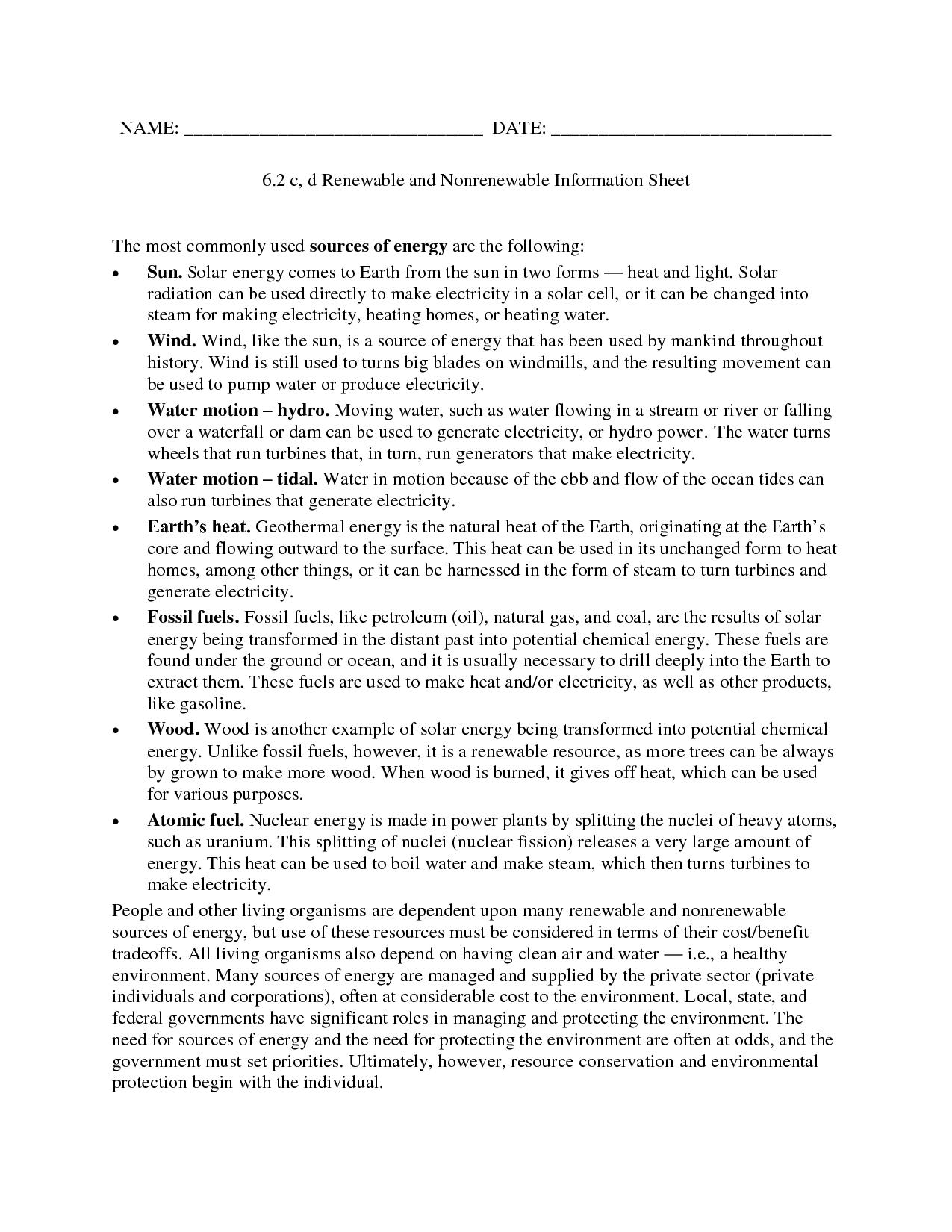




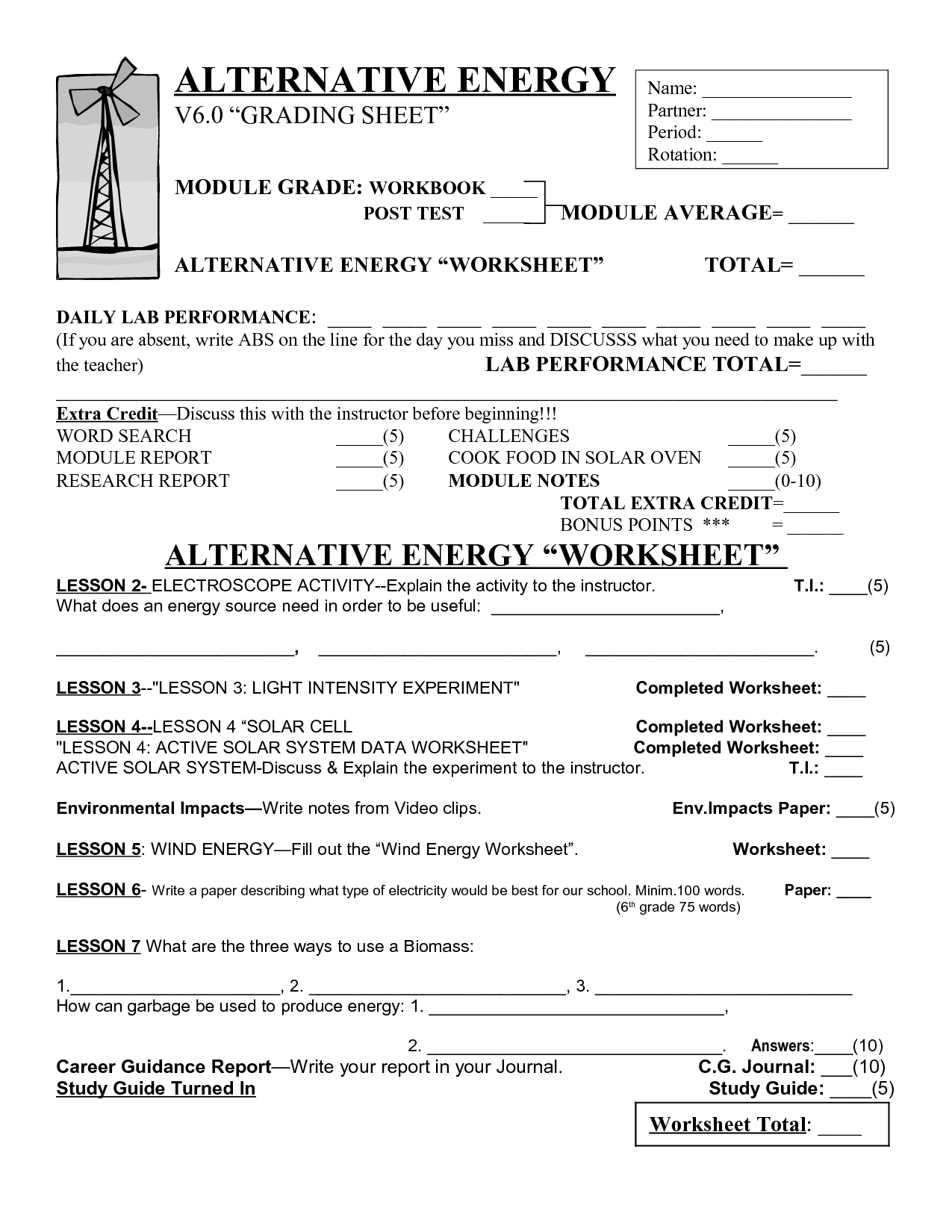
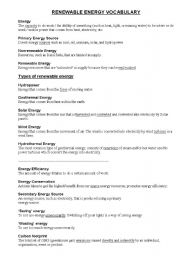
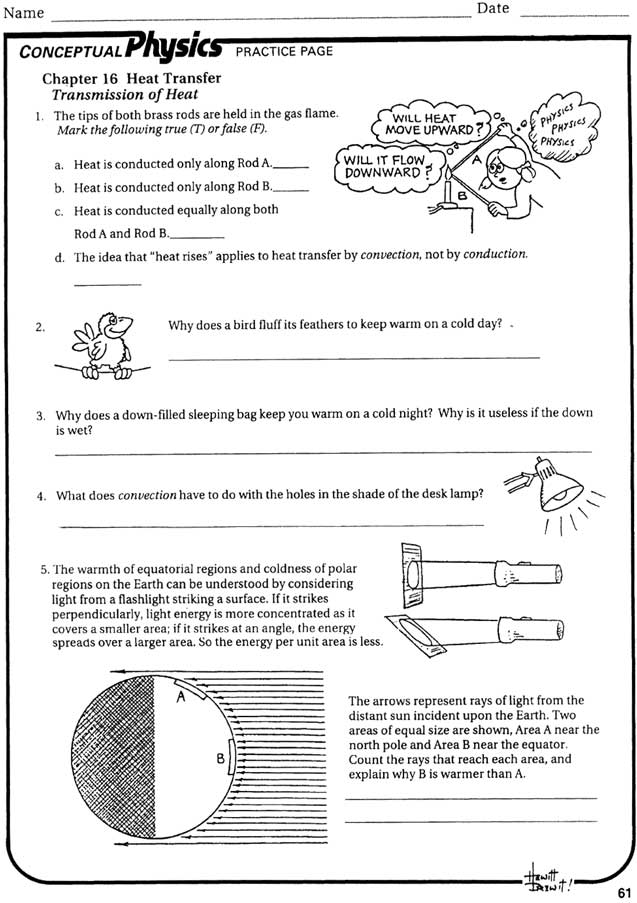
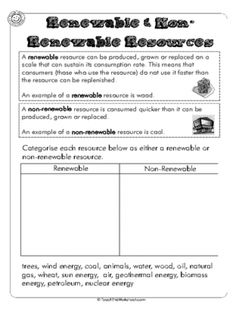
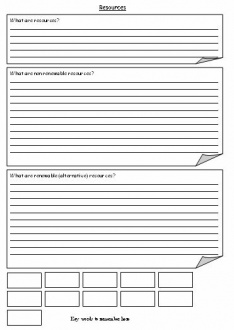
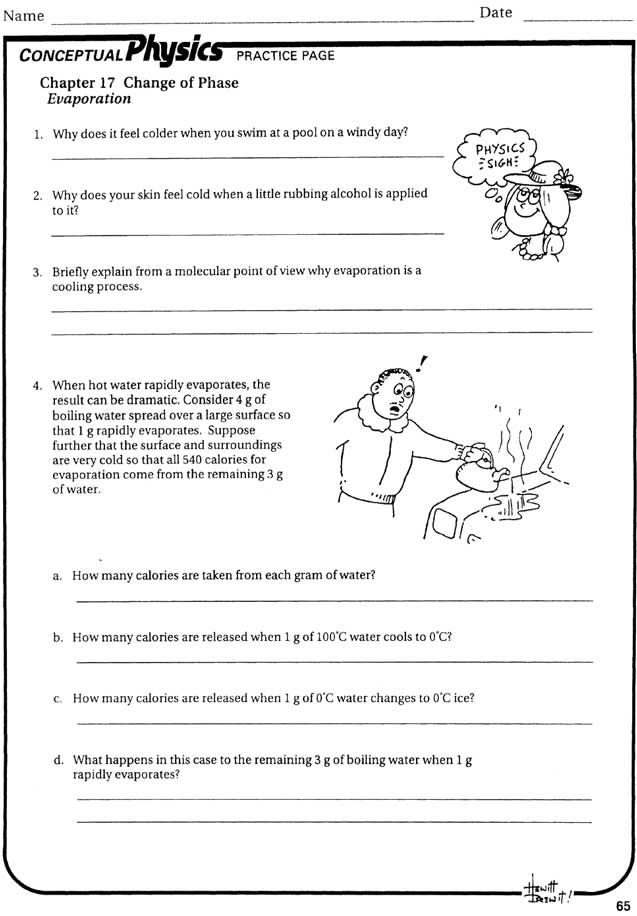

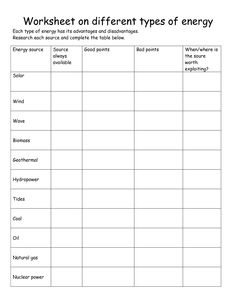













Comments